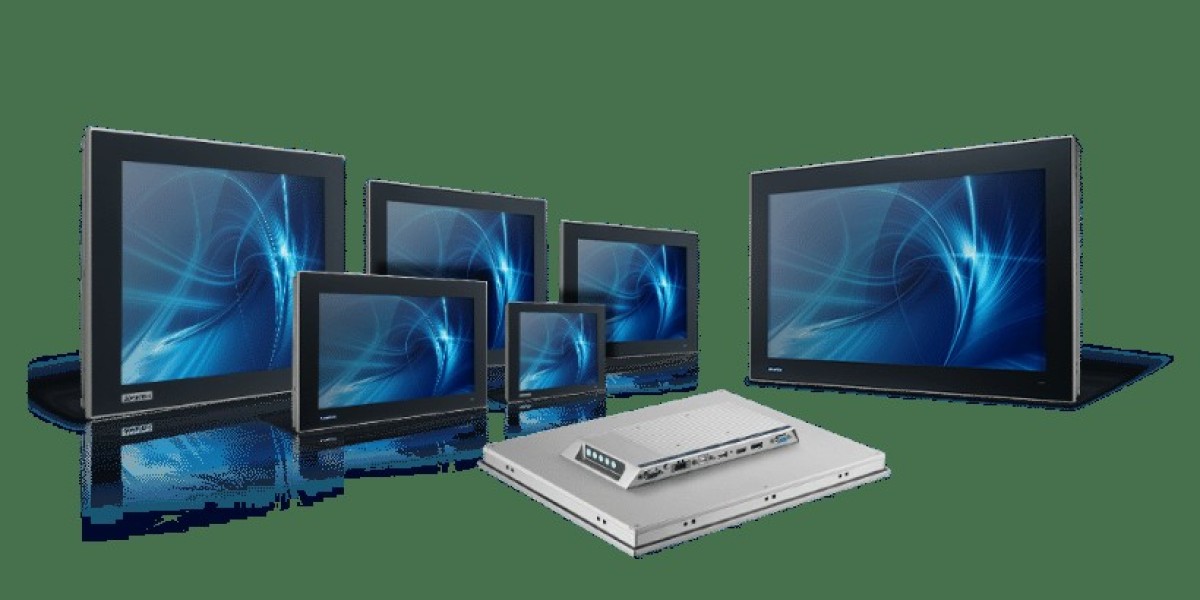Industrial monitors are specialized display systems designed to operate in demanding environments such as factories, production lines, control rooms, and outdoor industrial sites. Unlike conventional commercial monitors, industrial monitors are engineered with durability, reliability, and advanced functionalities to withstand harsh conditions including dust, vibration, temperature fluctuations, and continuous operation. They are essential components in industries that rely heavily on automation, process monitoring, and real-time data visualization.
The increasing adoption of automation technologies has significantly boosted the demand for industrial monitors. Modern manufacturing units require precise data monitoring to ensure operational accuracy, safety, and efficiency. Industrial monitors support functions such as displaying human-machine interface (HMI) applications, supervisory control and data acquisition (SCADA) systems, and real-time performance dashboards. This makes them critical tools for decision-makers and operators who need accurate insights to streamline production and reduce downtime.
A key feature of industrial monitors is their rugged design. They are often built with reinforced casings, high-quality touchscreens, and protective coatings that resist scratches, moisture, and chemical exposure. Many models offer fanless cooling systems, which reduce maintenance requirements while extending the product’s lifecycle. Touchscreen functionality, including resistive and capacitive touch options, allows for user-friendly operation even when workers are wearing gloves. These robust features make industrial monitors suitable for industries such as oil and gas, food and beverage, pharmaceuticals, automotive, and energy.
Technological advancements are also shaping the evolution of industrial monitors. High-resolution displays, wide viewing angles, and sunlight-readable screens are becoming standard, especially in industries that require precise visual clarity. Integration with IoT (Internet of Things) and Industry 4.0 frameworks further enhances their role, enabling real-time connectivity between machines and monitoring systems. Additionally, the shift toward smart factories has fueled the demand for intelligent displays capable of handling complex data visualization and remote accessibility.
Industrial monitors come in various sizes and configurations to meet different application needs. Panel-mount monitors are widely used in control cabinets, while rack-mount versions are suited for data centers and server rooms. Open-frame monitors are ideal for integration into custom enclosures or kiosks. Portable and mobile monitors are also gaining traction in industries where flexibility and mobility are crucial. This versatility allows organizations to choose the right monitor based on their operational environment and specific requirements.
The global market for industrial monitors is witnessing steady growth, driven by digital transformation across industries. Companies are investing in advanced monitoring solutions to enhance productivity and reduce operational risks. North America and Europe are key markets due to their strong industrial base, while Asia-Pacific is rapidly emerging as a hub owing to large-scale manufacturing and infrastructure projects. The rising emphasis on energy efficiency, worker safety, and automation is further accelerating market expansion.
Source - https://www.marketresearchfuture.com/reports/industrial-monitor-market-29938
Industrial monitors play a pivotal role in modern industrial operations by providing durability, efficiency, and advanced visualization capabilities. As industries continue to embrace digitalization and smart technologies, the demand for rugged, high-performance monitors is expected to grow further. These devices not only enhance real-time monitoring and control but also contribute to improved decision-making, productivity, and overall operational resilience.









